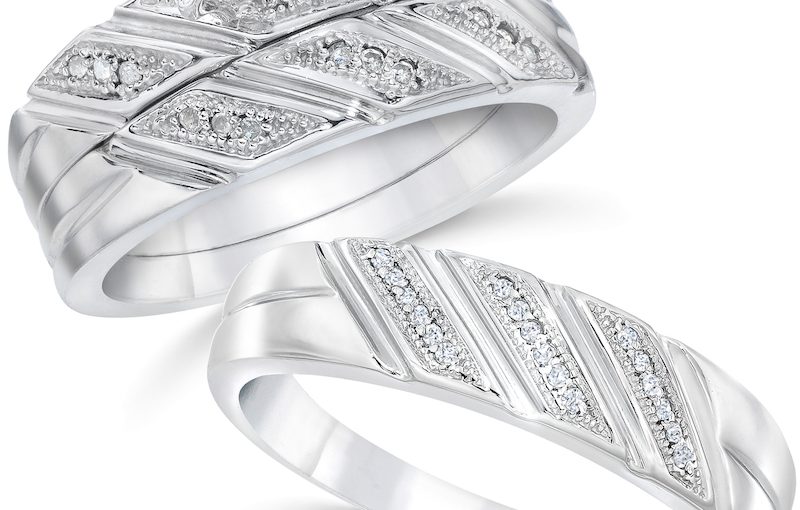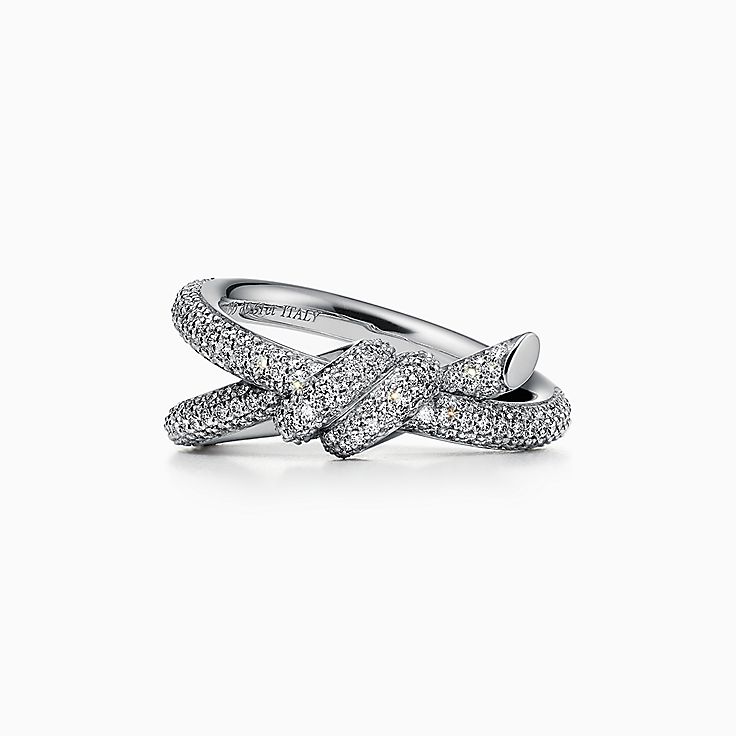Introduction
If you’ve ever left your favorite wooden furniture outside or placed a hot cup of coffee on a wooden table, you’re probably familiar with the dreaded white ring that can appear on top of the wood’s surface. These unsightly white rings are caused by moisture getting trapped between the finish and the wood. But, what exactly is a white ring, and is it possible to remove it without damaging the wood? This blog post will discuss the science behind white rings and provide tips to help remove them.
Part 1: What Causes White Rings?
Level 1: Science behind the occurrence
White rings are caused by moisture that gets trapped between the finish and the wood. Most wooden surfaces have some sort of sealant or lacquer that is meant to protect the wood’s surface. When moisture penetrates this sealant or lacquer, it can cause a chemical reaction that results in the formation of white rings.
Level 2: What humidity level could trigger the white ring
The humidity level in the air plays a crucial role in the occurrence of white rings. If the humidity level is too high, it can increase the risk of moisture penetrating the sealant or lacquer, causing those dreaded white rings. Conversely, if the humidity level is too low, the wood can dry out, causing cracks and severe damage.
Part 2: Different Types of White Rings
Level 1: Different types of white rings
Not all white rings are created equal. Some white rings are easier to remove than others, depending on the type. Here are some of the different types of white rings:
- Surface white rings: These white rings are on top of the finish and are easily remedied with a bit of elbow grease.
- Ingrained white rings: These white rings occur when moisture penetrates beyond the surface of the wood and into the grain. This type of white ring is more difficult to remove.
Level 2: How to determine the different types of white rings for an accurate solution
It’s important to determine the type of white ring before attempting to remove it. To determine if the white ring is surface-level or ingrained, take a damp cloth and lay it over the white ring. If the white ring disappears almost immediately, it’s surface-level. If the white ring remains after 24 hours, the moisture has likely penetrated the wood’s grain, making it an ingrained white ring.
Part 3: How to Remove Surface-Level White Rings
Level 1: Quick DIY solutions
One of the simplest ways to remove a surface-level white ring is to apply a small amount of mayonnaise to the affected area. Leave the mayonnaise on the white ring overnight, and then wipe it away with a clean cloth the next morning.
Level 2: Non-DIY solutions
If you prefer non-DIY solutions, you can purchase specialized products that are designed to remove white rings. These products typically contain solvents that help dissolve the chemical reaction causing the white ring and remove it entirely.
Part 4: How to Remove Ingrained White Rings
Level 1: Efficient DIY solutions
Removing ingrained white rings is more difficult than surface-level white rings. One method is to create a mixture of baking soda and toothpaste and spread it over the affected area. Let it sit for a few minutes, then gently scrub the area with a soft-bristled brush. Wipe the area clean with a damp cloth, and repeat the process until the white ring disappears.
Level 2: Call in the Professionals
If you’re not confident in removing an ingrained white ring or don’t have the tools needed to remove it successfully, consider calling a professional. A professional can use specialized equipment and unique techniques to remove ingrained white rings without damaging the wood’s surface.
Part 5: Prevention Tips for White Rings
Level 1: Do’s
Prevention is always better than cure when it comes to white rings. Here are some things you can do to prevent white rings from occurring:
- Use coasters: Placing coasters underneath your drinks prevents moisture from penetrating the surface of the wood.
- Add heat-protection: Using coasters or heat-resistant mats for hot pots or pans will prevent the formation of white rings.
- Double-protect during holidays: Covering your wooden furniture with tablecloths or placemats can add an additional layer of protection.
Level 2: Don’ts
In addition to knowing what to do, it’s important to know what not to do to prevent white rings. Here are some things you should avoid:
- Avoid placing a warm or hot object directly on a wooden surface.
- Avoid spilling liquids and leaving them on the surface of wooden furniture.
Part 6: Alternative Remedies for White Rings
Level 1: Natural remedies
If you prefer natural remedies, you can try using a mixture of equal parts vinegar and olive oil. Apply the mixture to the affected area and let it sit for a few hours before wiping it away with a clean cloth.
Level 2: Commercial products
There are also commercial natural products that can help remove white rings, such as those containing citric acid or carnauba wax. These products are often safe to use and can produce excellent results in removing white rings.
Part 7: Maintaining Wooden Furniture
Level 1: Cleaning wooden furniture
Keeping wooden furniture clean is essential for maintaining its appearance and preventing the formation of white rings. Use a soft, damp cloth to wipe down the furniture regularly but avoid using harsh chemical cleaning products.
Level 2: Polishing wooden furniture
To help protect the furniture’s surface, polish it regularly with a high-quality furniture polish. Furniture polish can create an additional layer of protection that can help prevent the formation of white rings.
Part 8: Final Thoughts
Level 1: Importance of preventing white rings
Preventing white rings is crucial in maintaining the appearance and integrity of your wooden furniture. Taking preventative measures can keep your furniture looking new and prevent partial or more severe damage to it.
Level 2: Final tips
Here are some additional tips to help keep your wooden furniture looking great:
- Avoid exposing your furniture to too much direct sunlight, which can cause fading and dryness.
- Keep wooden furniture away from heating vents, which can cause cracking and drying.
- If you see a white ring forming, act fast to remove it before it becomes ingrained into the wood.
Conclusion
In conclusion, white rings can be frustrating and unsightly, but they’re preventable and removable. Whether you use a DIY method or enlist the help of a professional, understanding the science behind white rings and taking preventative measures can keep your wooden furniture looking new and pristine.
White rings are frustrating, but they can be prevented and removed. Understanding what causes white rings and taking preventative measures can help keep your wooden furniture looking good for years to come. If you do notice white rings forming, don’t panic. With the right tools, most white rings can be quickly and easily removed.
In addition to the tips provided in this article, it’s essential to remember that prevention is always key when dealing with white rings. By diligently using coasters, protecting your furniture from excessive heat and moisture, and maintaining regular cleaning and polishing routines, you can significantly reduce the risk of white rings forming on your beloved wooden surfaces. Remember, taking care of your wooden furniture not only enhances its beauty but also preserves its longevity. So, be proactive, stay vigilant, and enjoy the natural elegance of your wooden furniture without worrying about those pesky white rings.



